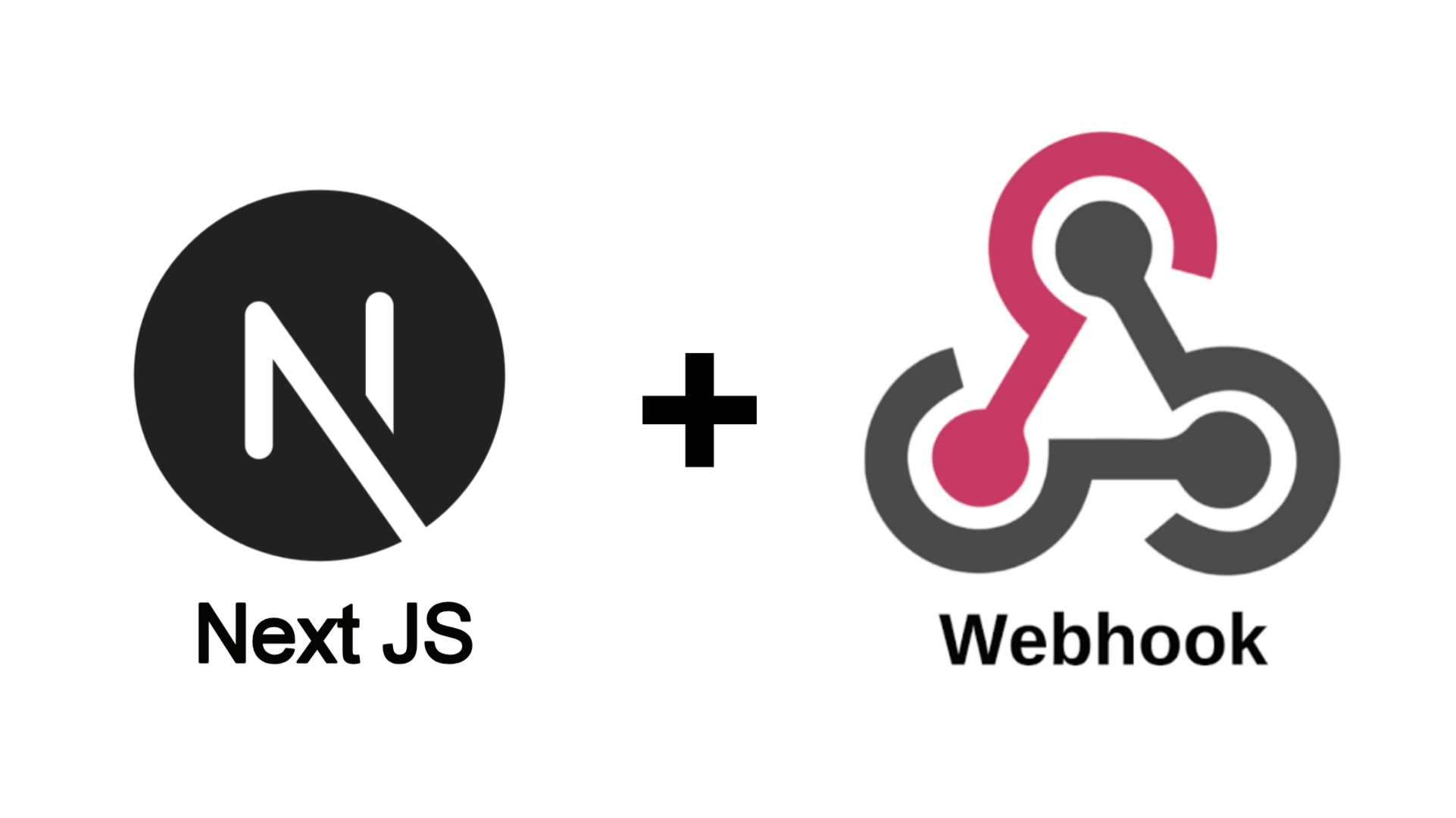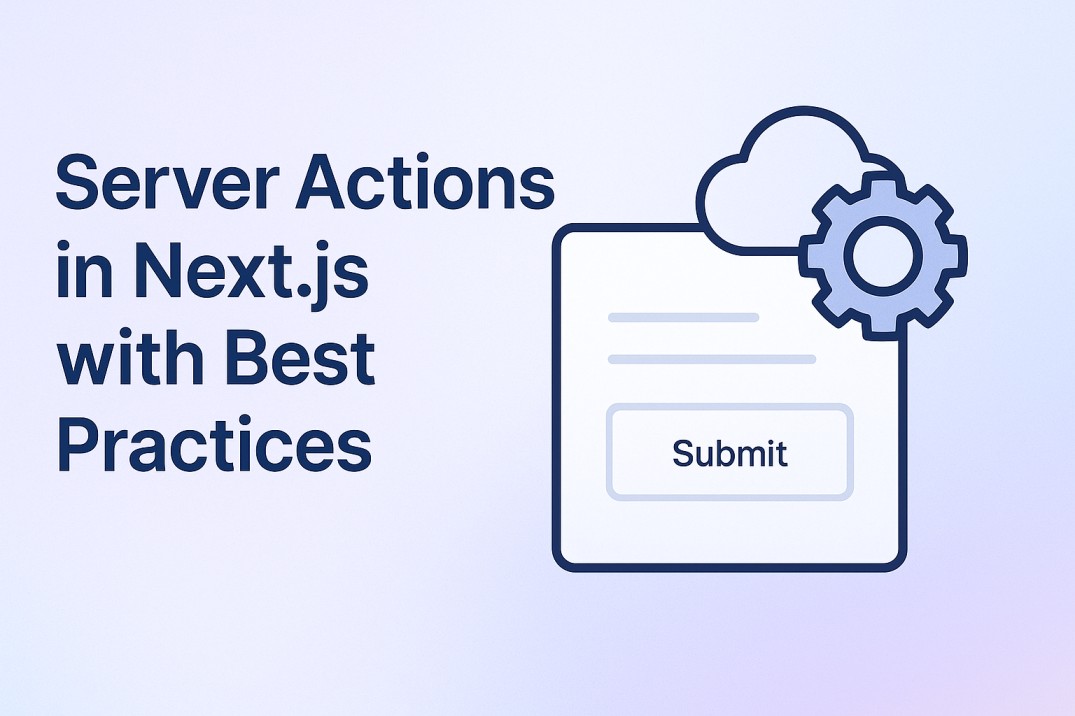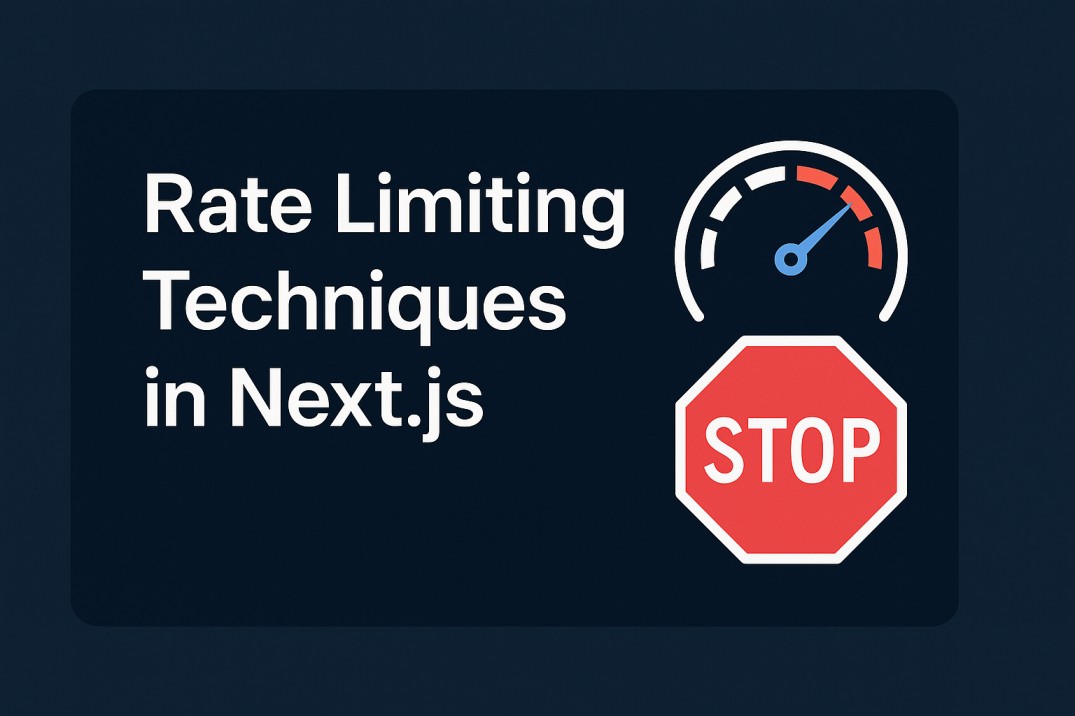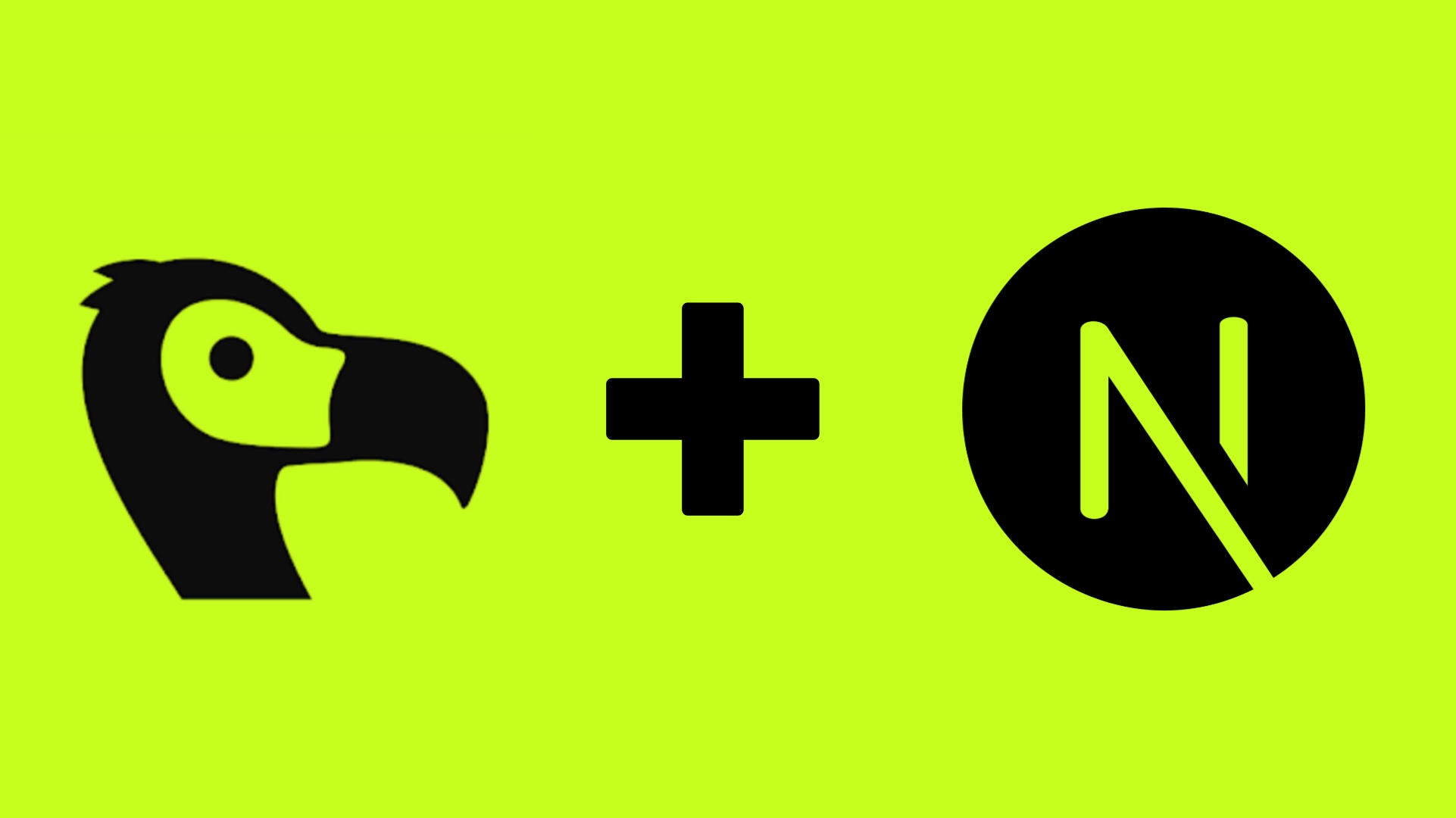What Are Webhooks and How Can You Use Them in Next js 15

Webhooks are a powerful way to allow different applications to communicate automatically when specific events occur. Instead of checking for updates manually (polling), webhooks let apps notify each other in real time using HTTP requests.
What Are Webhooks?
A webhook is a user-defined HTTP callback. It's triggered by an event, like a user signing up or a payment going through. When that event happens, the originating site makes an HTTP POST request to the URL you've configured.
How to Create a Webhook in Next.js 15
Next.js 15 uses the new App Router, and you can create API routes inside the app/api directory.
Step 1: Create a Webhook Endpoint
In your Next.js project, create a file:
app/api/webhook/route.ts
Step 2: Add Webhook Verification (e.g., Stripe)
When using providers like Stripe, you must verify that the request is actually from them:
Testing Webhooks Locally
Since webhooks need a public URL, testing locally requires a tool like Ngrok.
Use the generated public URL in your webhook provider’s dashboard (e.g., Stripe).
Standard Webhook Practices
The Standard Webhooks initiative encourages:
- Clear documentation of event types
- Secure requests with HMAC signatures
- Retry mechanisms for failed deliveries
- Idempotent event handling (to avoid duplication)
- Structured JSON payloads
Common Use Cases
Stripe: Get notified of payments, subscriptions, etc.
GitHub: Trigger CI/CD or other actions when a push or pull request happens.
Discord: Post automatic updates (like new blog posts) to a server channel.
Best Practices for Webhooks
- Always verify the request’s signature
- Log each incoming event
- Avoid heavy logic in the webhook route; offload to queues or background tasks
- Use retry and idempotency to handle failures
- Return a 2xx response quickly to avoid timeouts
Conclusion
Webhooks help make your application real-time and automated. In Next.js 15, setting up webhooks is cleaner and more organized with the App Router. Whether you're integrating Stripe, GitHub, or any other service, always verify, log, and process safely.


